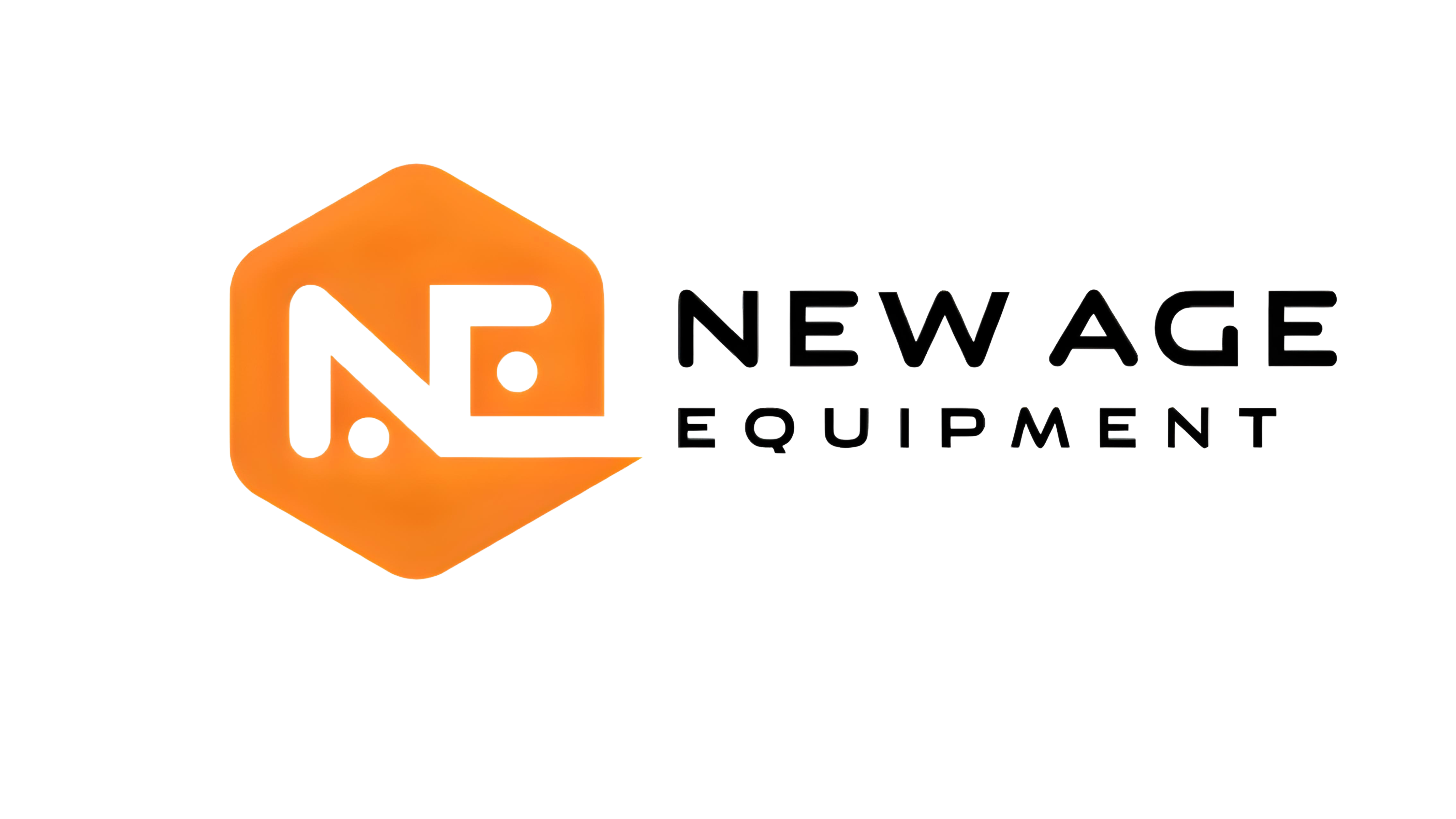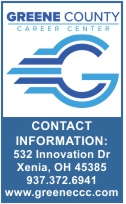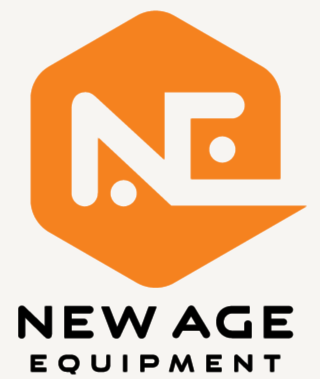|

This Week's Quote:
"Count your age by friends, not years. Count your life by smiles, not tears."
- John Lennon
MANY employees are leaving company benefits on the table.
Maybe it’s simply inertia: Employees simply don’t bother to sign up for all the financial benefits their employers offer. Or they’re overwhelmed by all the choices.
Whatever the reason, nearly 1 in 5 employees are either “not at all confident” or only “slightly confident” in their understanding of the benefits that are offered by their employer, according to MetLife’s 2023 employee benefit trends study.
So, as open-enrollment season gears up, it pays for employees to review their employer’s annual offerings, some of which may have changed from previous years.
“Make sure you’re building that time in to truly understand what you are offered, whether you have to enroll in it or not,” says Bradd Chignoli, senior vice president of national accounts and financial wellness and engagement at MetLife.
Here are some of the most underused benefits and what human- resources professionals say about them.
401(k) match
As surprising as it might be, many workers don’t contribute to a company 401(k) plan. Employees sometimes feel as if they can’t afford to save more, but they don’t realize what they are giving up in potential savings—like the employer match on contributions.
Employers may contribute a portion of what the employee contributes, or they may match the employee’s contribution, up to a certain percentage. Many employees, meanwhile, if they contribute, don’t put in enough to receive the employer-match maximum, and so they miss out on the ability to save even more and reduce their taxable income at the same time. They may be auto-enrolled, at the default deferral rate, which is usually about 3%, says Julie Stich, vice president of content for the International Foundation of Employee Benefit Plans, an educational organization focused on employee benefits.
Whenever possible, employees should maximize their 401(k) options because of the benefits of tax-free savings and compounding, says Tom Gimbel, founder and chief executive of LaSalle Network, a Chicago-based staffing, recruiting and culture consulting firm. For 2023, employees can contribute up to $22,500 to their 401(k), or $30,000 if they are age 50 or older.
Medical spending accounts
Another common perk frequently overlooked: tax-advantaged accounts for medical spending. For every employer that offers a flexible spending account (FSA) or health savings account (HSA), only 2 in 5 employees use it, according to the MetLife study.
With FSAs, employees can reduce their taxable income by the amount they put aside, up to certain limits. Employers may even contribute on behalf of an employee, though they aren’t required to, according to Health-care. gov. For 2023, an employee can contribute up to $3,050 to an FSA; spouses can also contribute up to that amount to their own employer’s FSA plan, resulting in a significant tax savings.
FSA money must be spent on qualified out-of-pocket medical costs. These include medical copays, eye exams, contact lenses, prescription glasses and sunglasses, dental care, certain over-the counter products and even sunblock.
Some workers fear losing unused FSA funds, says Jeff Faber, chief strategy officer for Hub International, a Chicago-based insurance brokerage. You typically must use all the money you set aside by year-end or lose it. But there can be a grace period of up to 2½ extra months, according to Healthcare.gov. Some companies allow as much as $610 to be carried over to the following year.
HSAs, available to employees with a high-deductible health plan, allow people to set aside money and use it tax-free to pay for qualified medical expenses, such as deductibles and copays.
With HSAs, unused money can be carried over to future years, so workers can build up a stash to cover large medical expenses that might come up later in life. In many cases, employees can invest all or a portion of their HSA balance, which grows tax-free.
For 2024, the maximum HSA contribution will be $4,150 for an individual and $8,300 for family coverage, up from the current limit for 2023 of $3,850 for individuals and $7,750 for a family.
Student loan and tuition benefits
To retain and entice younger workers, some companies offer education-related benefits. These can include tuition reimbursement or prepaid tuition—where companies foot the bill for high-school completion, undergraduate programs, certificates or, in some cases, graduate degrees. Program eligibility, tenure requirements, exceptions and other particulars can vary widely by employer.
Some companies help with student-loan payments, a burden for many younger employees especially now that federal student-loan payments have resumed for many borrowers. One thing to keep in mind for employees receiving education benefits: Anything above $5,250 will be considered taxable income by the Internal Revenue Service.
Supplemental insurance
At open-enrollment time, employees often can buy supplemental insurance policies at group rates, which can be considerably lower than individual rates.
Typically, employers offer additional life insurance, but many increasingly also offer disability, long-term care, critical-illness and even pet insurance.
Many employees miss these opportunities, in part because they tend to check off the same boxes as they did the previous year, spending little time and effort on what might be new. “People go in holding their noses to a certain extent,” says Nate Black, vice president of health solutions products at Voya Financial, a New York-based health, wealth and investment company. This can be a mistake since employer offerings can change from year to year.
Before buying additional coverage, however, employees should research options on their own to ensure the rates and coverage being offered by their employer are indeed more favorable.
Wellness programs and incentives
Employers increasingly offer a variety of wellness programs and incentives to keep workers healthy and help keep healthcare costs down. Programs include free or discounted access to vaccination clinics, nutrition education, exercise programs and activities, fitness-center memberships, health screenings, health-risk assessments, weight-loss programs, smoking-cessation and stress-reduction programs, according to the Society for Human Resource Management.
Some employers offer cash, gift cards or insurance-premium reductions for participating in certain wellness initiatives like flu shots or weight-management programs. Workers might not know about the benefits because of poor promotion, says Stich.
Employee assistance programs
Alcohol addiction, substance abuse, stress, grief, family issues and psychological disorders can be serious for many employees. Free and confidential assessments, short-term counseling, referrals and follow-ups can be offered through an employee-assistance program, or EAP. Such programs are voluntary.
Employees might hesitate to use these services because they are concerned their employer will find out, but these programs are confidential, Stich says.
Some employers offer free or low-cost advisory services for retirement saving, estate planning, saving for college and divorce. These resources can get lost in the sea of other benefits, but they can be invaluable for workers concerned about their finances.
Backup care
More companies are recognizing the care needs of employees, because they know the high-cost of absenteeism. But there are subsidies and reimbursements for child- or eldercare, and even pet care, that tend to go unused. With so-called backup care, an employee can generally request care from a vetted network through an app or online portal, and only pay for a daily or hourly copay, according to Care.com, a service for families with care-related needs.
Other perks
Discount programs are a growing perk but aren’t always promoted during open enrollment.
Employers often offer discount programs for retailers, restaurants, movies and theater tickets, among other things. Some companies work with providers such as Working Advantage, which offers employee discounts in travel, entertainment and retail.
Employees who don’t proactively learn about and read employer communications about benefits can miss out on something important, Stich says. And, she adds, “it doesn’t hurt to ask.”
Credit goes to Cheryl Winokur Munk, published October 27, 2023 in The Wall Street Journal
Thank you for all of your questions, comments and suggestions for future topics. As always, they are much appreciated. We also welcome and appreciate anyone who wishes to write a Tax Tip of the Week for our consideration. We may be reached in our Dayton office at 937-436-3133 or in our Xenia office at 937-372-3504. Or, visit our website.
This Week’s Author, Belinda Stickle
-until next week
|
Need a Tax Planning Meeting?

Email to setup time...
Need QuickBooks Training?

Email to setup time...
Upcoming Webinars:
Click to register...

About Bradstreet CPAs:
Business owners, CFOs, controllers, and individuals trust Bradstreet & Company for our tax expertise and business acumen to provide the best tax outcomes and to avoid tax missteps. With offices in Dayton and Xenia, OH, we provide accounting and business consulting to firms and individuals throughout the region. Learn more about our team: Bradstreet Bios.
About Our "Tax Tip of the Week" Series
We understand how difficult and frustrating the tax code can be. Bradstreet & Company created the "Tax Tip of the Week" to serve-up weekly nuggets of tax tips to help keep you informed and engaged on the latest changes that might impact your taxes. Sign Up Here: Sign Up
|


















